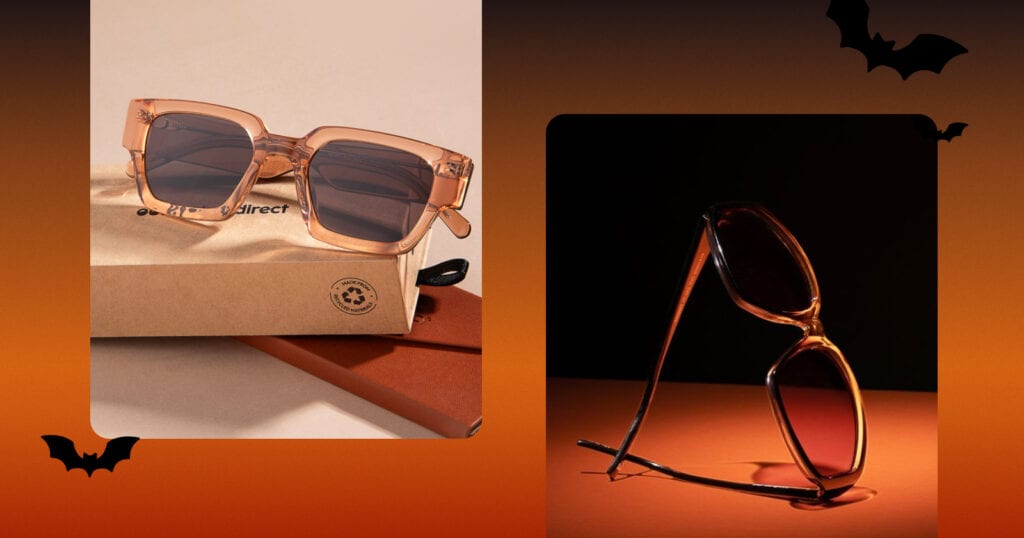It’s nearly impossible to find someone who hasn’t heard the phrase “love at first sight”. The notion has been declared and celebrated in countless novels, sitcoms and movies — giving all of us hope that someday we’d come across our soulmate and realize it through a single glance.
Picture it: you pass an attractive stranger on the street, your now-dilated eyes meet and something deep inside tells you…they’re the one.
(If the whole “dilated eyes” thing is throwing you off, don’t worry. We’ll explain.)
In no time, your heart is racing, your palms are sweating, you feel the blood rush to your cheeks…but do those feelings really mean “true love”?
Is love at first sight even real, and if so, is it powerful enough to last a lifetime?
There has been little scientific evidence to confirm or deny the belief, so it seems the legitimacy of love at first sight depends on how you feel about love and what love means to you.
Before you crank up your favorite “love stinks” playlist, find hope in knowing that “love at first sight” relationships actually do work out more often than you’d expect.
Does love at first sight exist?
As promising as the concept is, not much research has been done to study what it means to fall in love at first sight. There is no question that interest or — dare we say it — sexual magnetism at first sight are a common occurrence. But can love happen so suddenly?
Without a doubt, sight is crucial to how we process what and who we come in contact with (like that hottie you keep running into at the grocery store). So, it’s only natural to rely on physical appearance when making initial judgments about potential sweethearts.
Also, exposure to love stories wherein “love at first sight” is the ultimate definition of romance gives people the false sense that a tummy flutter upon eye contact with a handsome stranger means he’s Mr. Right.
Because humans are designed to reproduce, our brains have been hardwired to release all the “feel good” chemicals associated with passion, happiness and exhilaration the moment we notice an attractive potential mate.
What role does sight really play in love?
The visual cortex is one of the biggest and most crucial systems within the human brain. Nearly half of the total cortex area is taken up by tissues that help process visual information. These tissues are full of interconnections (like the ones you’d like to make with the cutie over there), that make note of what (and who) we see and allow us to recall it later on.
Our human ability to remember visual images often exceeds our ability to memorize words or facts, which explains why as many as 80% of us are visual learners. So, we may not be able to remember our crush’s birthday, but we can describe the details of their smile or how the color of their hair changes when the sun hits it just right.
Also, our pupils are the judge of whether the person we’re admiring meets our level of attractiveness. Research has determined that when we find someone sexually attractive, our pupils actually dilate when we look at them.
I know, right? Thanks a lot, pupils.
Does love at first sight last?
While it’s safe to say that most relationships begin with attraction, studies show that it doesn’t always lead to a lifelong romance.
Let’s turn down the lights and turn up the heat with a little science….
Psychologists have categorized romantic relationships into a number of distinct phases, each represented by their own designated brain chemistry cocktail.
At the start of a romance, also referred to as “the attraction phase,” prospective suitors experience surges of libido-enhancing reproductive hormones like estrogen and testosterone in those first moments of intense eye contact. Almost immediately, dopamine and norepinephrine (known as “happy hormones”) peak while serotonin is reduced.
This is the same mixture of neurotransmitters that are said to be flowing when we feel the fireworks we love to call “love at first sight.”
As relationships extend into long-term, they settle into what’s known as the “attachment” phase. This (for lack of better words) is when we come back to our senses and start releasing hormones associated with friendship, closeness and enduring social intimacy.
The brain chemistry that supports human relationships follows this inevitable cycle every time. This proves that nearly all long-lasting romantic relationships start with the butterflies and sweaty palms of the attraction phase, but transform into more comfortable territory with a little less sizzle and a lot more safety.
At the end of the day, love is love. Whether it’s at first sight or after years of friendship, the feeling of being in love is simultaneously indescribable and universal, making it a complicated emotion, but totally worth it.




